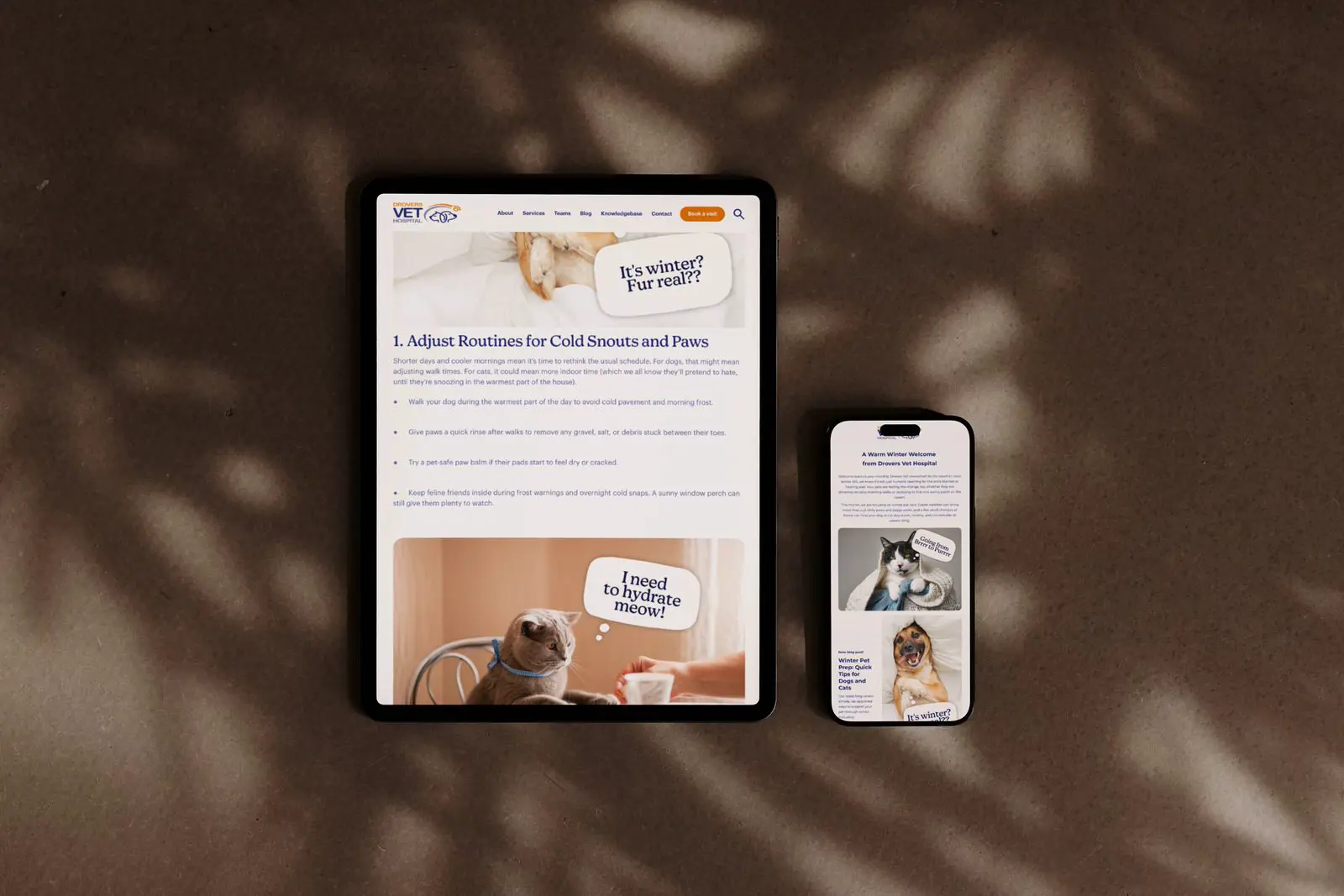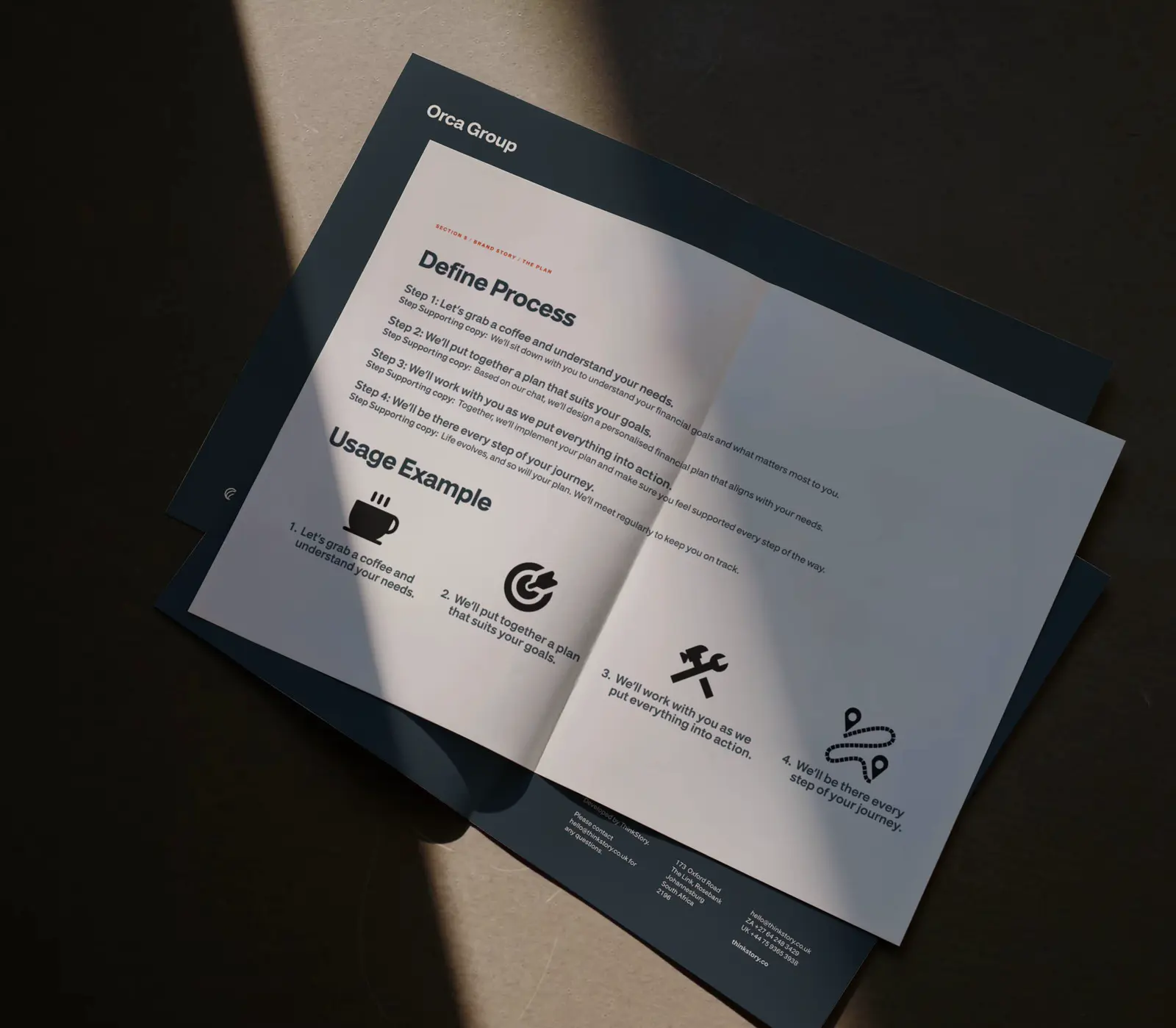Why Your AI Writing Sounds Like Everyone Else and How to Fix It
.webp)
Businesses around the world are using AI-powered tools to streamline their communications and content creation. However, we are seeing a specific trend emerge: a lot of the content being produced feels generic, repetitive, and undeniably artificial. This has become especially obvious across marketing materials and company updates within businesses, where the writing and wording often lacks personality and human warmth.
Why the AI Content Problem Matters
With the widespread adoption of tools like ChatGPT, thousands of companies are producing nearly identical statements, phrases, and formats in their writing. This approach leaves companies all sounding the same instead of inspiring individuality and uniqueness. In South Africa's fast-growing digital sector, it's so important to commit to authenticity in your messaging, otherwise one face's the risk of blending into the background which carries real consequences: lower engagement, losing trust and lacking competitive advantage over others in your industry.
Research shows that authentic brand communication is strongly tied to higher customer loyalty and purchase intent. But as we have seen over time, most AI-generated text shows the following patterns:
- Overly polished but bland phrasing.
- Unnatural sentence structure.
- Overuse of clichés and “AI-sounding” patterns.
- Repetition of common tropes and comparisons.
- Failure to reflect the company’s actual tone of voice.
The Challenge: Maintaining an Authentic Brand Voice
We believe the issue is not AI itself, but rather its misuse. Without clear guidelines, AI tools revert to generic patterns and repetitive phrasing, undermining any brand's credibility. And it is becoming increasingly more obvious.
South Africa's creative sector is one of the continent's most vibrant digital marketing landscapes, so for brands operating in this space, standing out is more urgent than ever. Local audiences are relating more to brands that sound real and distinct, and as people start to pick up on these AI-isms more and more, generic and repetitive messaging will see you left behind.
Solution: Investing in Quality Brand Messaging
To overcome this challenge, leading companies are prioritising robust brand messaging strategies that inform how they communicate with their audience, as well as how they instruct their AI tools. Effective brand messaging frameworks should:
- Spell out the brand’s personality, values, and stylistic preferences.
- Specify tone of voice, not only keywords or phrases.
- Identify “banned” phrases or structures that signal AI-generated content.
- Define and document audience characteristics and communication preferences.
- Use sample content examples as guides for what to replicate or avoid.
An increasing number of organisations are effectively "training" their AI tools to deliver content that's accurate and consistent with their chosen brand voice.
This approach helps maintain human-like quality and avoids copy that feels artificial, while still streamlining their processes efficiently.
Practical Tips for Improving AI Content Output
If you're aiming to improve your AI-assisted writing, follow these key steps:
- Review all AI-generated copy for patterns like repetitive sentence starters or unnecessary formalities.
- Avoid classic “AI giveaways,” such as stock phrases, false comparisons, and overused structures.
- Continuously refine your AI tool’s guidance by updating instructions based on recent outputs.
- Always apply human oversight, ensuring each piece of content reflects real understanding of brand and audience.
- Provide feedback loops - what didn’t work, why, and how to adjust - so the AI “learns” to emulate your brand more authentically.
Investing in this process of strategic alignment between brand messaging and AI content creation will ensure your communication consistent, trustworthy, and truly your own.
Outcome and Next Steps
Brands that adopt this approach report improved content quality, higher audience engagement and a stronger sense of brand. For South African businesses in particular, refining AI tool usage to reflect local culture and market realities offers a clear advantage in an already noisy landscape.
For companies looking to future-proof their communications, the next logical step is to develop, or update, a brand messaging framework that both guides your team members and instructs AI. This foundation will ensure consistent & authentic communications across every channel, regardless of how technology evolves.
Read Similar Success Stories
Discover how other businesses have transformed their marketing challenges into growth opportunities through strategic partnerships with us.
Ready to stop struggling with your marketing?
Book a 20-minute call today and discover how clear communication can transform your business.





















.webp)
.webp)